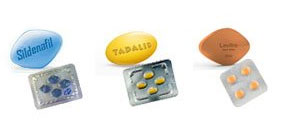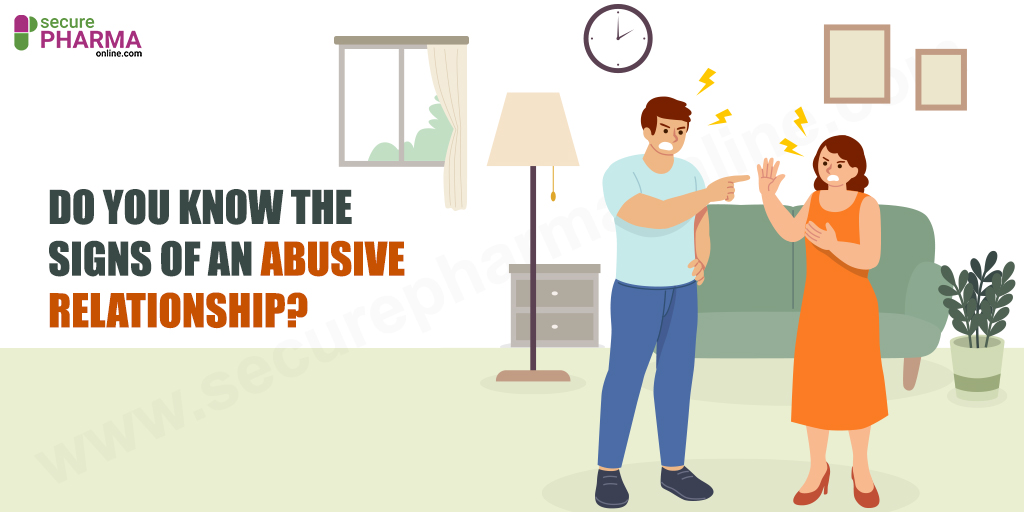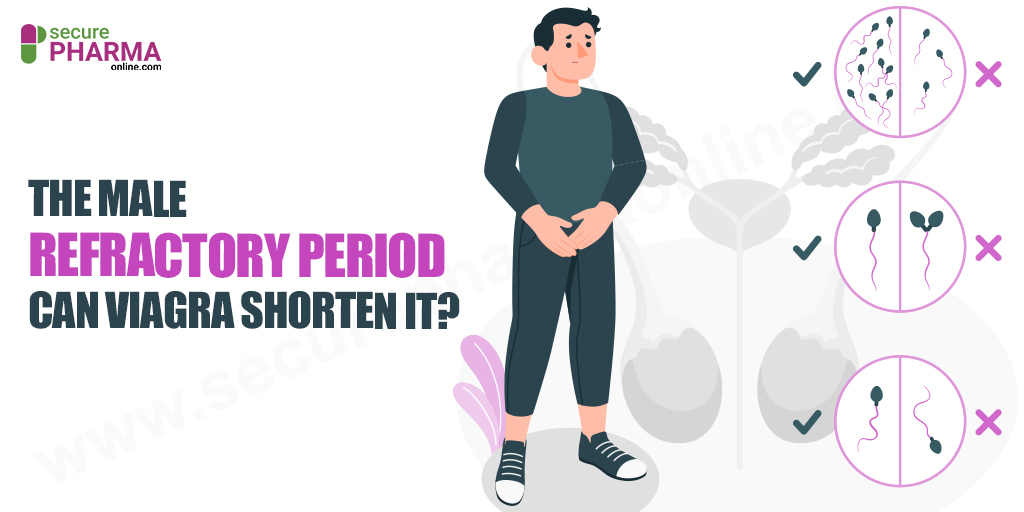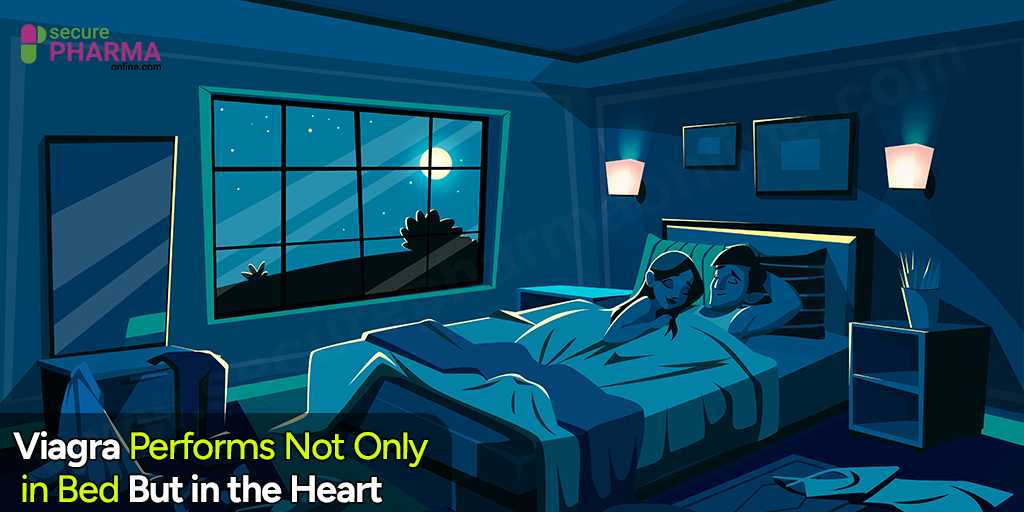Prostate Cancer: Vulnerability, Symptoms, Detection, Grading, Treatment, And Prevention

Cancer is one of the most horrific and dreaded diseases. Of the various kinds of cancer, prostate cancer has attracted little awareness. For those who are looking to educate themselves about this cancer, you are at the right place.
What Is Prostate Cancer?
Prostate cancer affects the prostate gland. It is a small gland, which aids men in reproduction. This gland is surrounded by the bladder at the top and the penis at the bottom. It releases seminal fluids that nourish and transport the sperm.
This cancer occurs due to the abnormal growth of cells in the prostate gland. However, the reason for this abnormal growth is unknown. The collection of abnormal cells leads to tumor formation in the gland. This can extend to other tissues and organs, thereby invading the entire body. In most cases, there is no evident fatality, though complications are extremely common.
Vulnerability
A plethora of factors governs a man’s vulnerability to this cancer. These include:
- Age: Older men are pregnable as compared to young men. Abnormal cells and tumors usually develop in those who are over the age of 55. Those under 40 are occasionally affected.
- Race: African men are found to be highly affected. They are usually detected with the aggressive variant of this cancer which spreads and leads to eventual death. Their environmental conditions, genes, diet, etc. could be the reason.
- Obesity: Men who are overweight and consume high levels of saturated fats are at a greater risk of contracting high-intensity cancer, which is difficult to treat.
- Family History: The risk is doubled if a close relative has been diagnosed with prostate cancer. Studies reveal that a family history of breast cancer also escalates the risk of prostate cancer.
- Smoking: Research reveals that smoking increases the vulnerability to prostate cancer and the resultant death rate.
Symptoms
There are no symptoms of prostate cancer in the early stages. Some noticeable symptoms in the advanced stages include:
- Mild pain in the pelvic area
- Urinary problems such as reduced urine flow, increased urination frequency, pain, the passage of blood, frequent nighttime urination, etc.
- Erectile dysfunction
- Pain in bones, thighs, lower back, or hips
- Painful ejaculation
- Loss of appetite and weight
It is important to visit a doctor when you experience such symptoms, irrespective of whether you fall in the vulnerable group or not.
Screening & Detection
This cancer can be detected at an early stage through various screening mechanisms. Such screening is recommended for those who fall under the various vulnerable groups as discussed above, irrespective of whether they experience symptoms or not. Others can opt for it in case of the presence of symptoms. Screening processes include:
- Prostate-specific antigen (PSA) blood test: Lower PSA level in the blood indicates a healthy prostate. Higher levels indicate abnormalities. This test does not detect cancer and is used to merely monitor abnormality.
- Digital rectal examination (DRE): In this method, the doctor inserts a finger into the rectum to feel any abnormal shape or growth of the prostate. This test is also used to record abnormalities.
- Biopsy: If PSA and DRE indicate something negative, then a biopsy can be undertaken. It is a minor surgery where parts of the tissue are extracted and examined under a microscope to detect cancer cells. Thus, a combination of the three mechanisms will help in detection.
Grading
After detection, the cancer is graded on a scale of 1-10, using the Gleason grading system. A score of 6 indicates low-risk cancer, 7 indicates an intermediate risk, and 8 and above indicates a high risk. The treatment is provided based on the grading.
Treatment
Low-intensity cancer which grows at a very slow rate does not require extensive day-to-day treatment. Fast-growing and life-threatening cancers require day-to-day treatment. The following are the different types of treatment plans available:
- Surveillance: It is not a form of active treatment, but helps to monitor the cancer cells. It is of two types- active surveillance and watchful waiting. Active surveillance involves regular PSA, DRE to monitor the growth of cancer cells. Whereas, watchful waiting is a relaxed form of surveillance and does not involve any therapy. It is best suited for those with underlying health conditions.
- Surgery: In surgery, the prostate gland is removed permanently to get rid of cancer. Robotic Assisted Laparoscopic Radical Prostatectomy (RALP), which involves the help of a robotic assistant is the most common surgery for the removal of the prostate. It is preferred due to minimal blood loss.
- Radiation Therapy: In this procedure, high-radiation is sent to kill the cancer cells. It is preferred for the early stages of cancer and to treat the cancer cells which cannot be killed by medication and may regrow after surgery.
- Cryo-therapy: It involves the controlled freezing of the prostate gland. The freezing destroys the cancer cells. It is the most suitable method for men who are unfit for surgery and radiation due to underlying health conditions.
- Hormone therapy: The supply of testosterone, which aids in the growth of cancer cells in the prostate, is severed in hormone therapy. It is resorted to in advanced stages of cancer or when cancer cells regrow. This can be conducted either through surgery or medication. Surgery requires the removal of testicles that produce testosterone. While, medication involves the injection of agonists and non-steroidal anti-androgens, which inhibit the capability to release testosterone.
- Chemotherapy: It is the most common treatment, which involves the use of drugs to kill cancer cells in the body. It is resorted to when the cancer is metastasized (spreads to other organs).
The variety of treatment procedures help to cure prostate cancer in most cases and reduce fatalities. 99% of the men who are detected with prostate cancer live for at least five years after the diagnosis.
Death results only in cases of severe cancer coupled with other health conditions. Thus the chances of survival increase rapidly due to the complex medical procedures.
However, these procedures lead to numerous side effects such as Erectile Dysfunction, Incontinence (loss of urine control), heart problems, etc. They cause discomfort for a short period of time following treatment. But they are eventually cured either through medication or in the natural course of time.
Prevention
Prevention is always better than cure. The chances of contracting prostate cancer can be reduced if the following measures are taken:
- Consume a nutritious diet involving fruits and vegetables
- Exercise regularly
- Maintain a healthy BMI
- Quit smoking
These measures are good for overall health and well-being as well.
Also Read: Signs, Causes, And Treatments For Enlarged Prostate
Conclusion
The medical fraternity has developed state of the art technologies to detect and cure prostate cancer, thereby reducing fatalities. As an individual, all you need to do is to look out for symptoms, go for regular checkups, and make lifestyle changes to be able to fight the disease.
July 10, 2020 Sam Bell











Comments